Yesterday, Stan said:
PSO spokesman Stan Whiteford said the company is continuing to reach out to people in Bixby and surrounding areas on “study routes.”
“The council already indicated they are opposed, but we just want to make sure we have the opportunity to talk to all the people in Bixby so they have a chance to understand that 7,000 PSO customers in Bixby stand to benefit directly from reduced rates and also that Bixby schools will benefit with several million dollars from (property) taxes related to the project,” he said.
“We recognize certain landowners have concerns and we are trying to address those with them and will continue to respond to any and all questions and inquiries about the line route,” he said.
Whiteford said PSO will continue to reach out to residents, rate payers and government officials.
"We understand infrastructure development is often controversial and while many landowners welcome the payments they'll receive, and on-going benefits to schools and the community, others have equally valid personal reasons for opposing development. However, this project is important for PSO customers and for our state. Customers, especially those who create jobs in the areas we serve, increasingly expect renewable energy and we have an obligation to deliver it at the lowest reasonable cost. We're extremely disappointed that the City took this action since we've worked closely with Bixby for many years on economic and community development and have always held them in high regard. In the meantime, we will continue to reach out to people in Bixby and surrounding area, work to address landowner concerns and respond to any and all questions about the line route."
Stan was at the Bixby City Council meeting tonight. He was given the opportunity to address the council and citizens. He declined. He was asked for an interview but requested to go outside. He stood and gave his interview, under the guard of (our wonderful!!!) Bixby PD officer. He would not make eye contact. He would not smile, acknowledge, or address ANY of these landowners and people they want to “hear and respect”.
He is escorted back into the building and once he believes everyone is gone, he sneaks out the back door!!!! Successfully avoiding ANY conversation.
And you know what's weird? The jocular act Stan launches into when talking about all the supposed "benefits" of Wind Catcher. It's really not funny to anyone but Stan and whatever idiot wrote "smile beneficently while talking about tax revenue" in Stan's script needs to tone it down. Stan only looks creepy when he does that. Really creepy!
There are no benefits for the landowners affected by Wind Catcher's transmission line. "Investment in the state" is something no landowner cares about. And perhaps Stan doesn't realize that part of the reason Oklahoma is so "desperate" for revenue to support schools is because of wind tax credits handed over to out of state wind developers. So why should Oklahoma build even more wind turbines? Claims of Wind Catcher being "pro-business" because Oklahoma has low electric rates and it will attract businesses to the state are also just something nobody seems to care about... even the businessmen of Bixby that PSO invited to a private meeting where they were fed a card stacked, cherry picked, cheer squad performance for Wind Catcher. Word is they decided to remain neutral.
The whole tax revenues thing is a scam transmission companies use to try to lure local governments into selling out their citizens and taking the utility blood money. Looks like Bixby isn't falling for it. Maybe Stan should jettison that talking point. It's falling on deaf ears.
And let's talk about misinformation, because Stan thinks that now that he's losing, and losing badly, that it's because of "misinformation." Stan wants you to focus on facts and real issues... like $300M of additional tax revenue for the state. That's not an issue. The issue is the lack of need for the project, and the millions of dollars it will cost PSO customers in higher electric rates. All Stan's claims of lower electric rates have been examined by the OCC and found not credible. In fact, the judge recommended that the Commission deny the application.
Stan is misinformed if he thinks the problem with Bixby is an information deficit. The problem for Stan is that the residents of Bixby know the truth about the project and they refuse to be victimized. No matter how much Stan tries to "communicate the benefits" of the project to Bixby, there's no going back from staunch opposition. How many people will change their mind and begin to support the project once Stan tells them about all the "benefits?" Exactly none, that's how many.
And speaking of fictional characters...
Stan says:
... although a few opponents have raised objections, the vast majority of Oklahomans support Wind Catcher,” he said.
... while many landowners welcome the payments they'll receive, and on-going benefits to schools and the community...
Stan is really not very good at his job. He's allowed the Bixby problem to turn into a raging inferno. Perhaps Stan and PSO/AEP thought they were so close to the finish line that they didn't have to pay attention to the new opposition that was developing. Perhaps they thought they could stuff the genie back in the bottle with a couple of meetings for businessmen and the chamber of commerce, maybe sprinkle a few "donations" around, pretend they "respect" landowners, and wave around some tax revenue. It didn't work. It never works. And now AEP has a huge problem with Bixby that's going to affect what happens at the Oklahoma Corporation Commission. Last night, Bixby voted to hire an attorney to take action to ask the OCC to dismiss the Wind Catcher application. And whoopsie, Stan, the Associated Press picked it up, resulting in headlines like this around the country:
Oklahoma residents, city against $4.5B wind power line route
Stan is continually owned by the Wind Catcher opposition in the media. Watch as Stan is pitted against fresh, engaging, and real opponents in news stories and ends up looking like a shyster.
Wind Catcher project gets blowback from some Bixby residents.
Bixby City Council joins fight against PSO Wind Catcher project.
Stan has completely failed on Wind Catcher. Don't be a Stan.
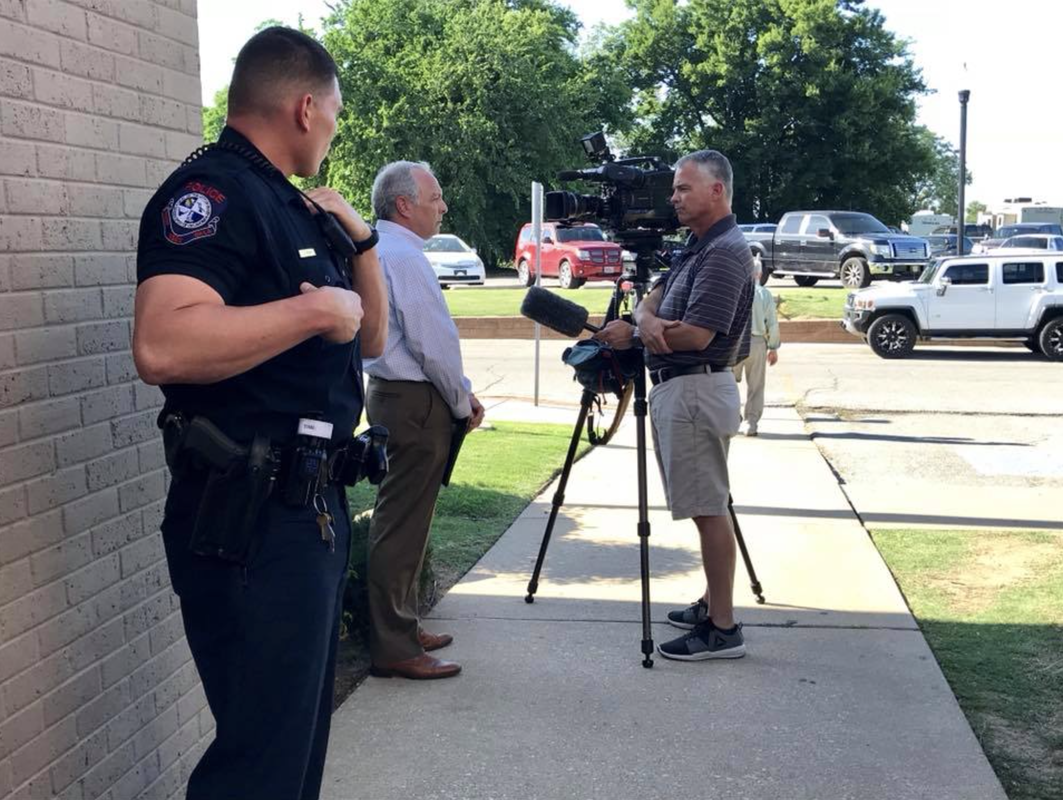
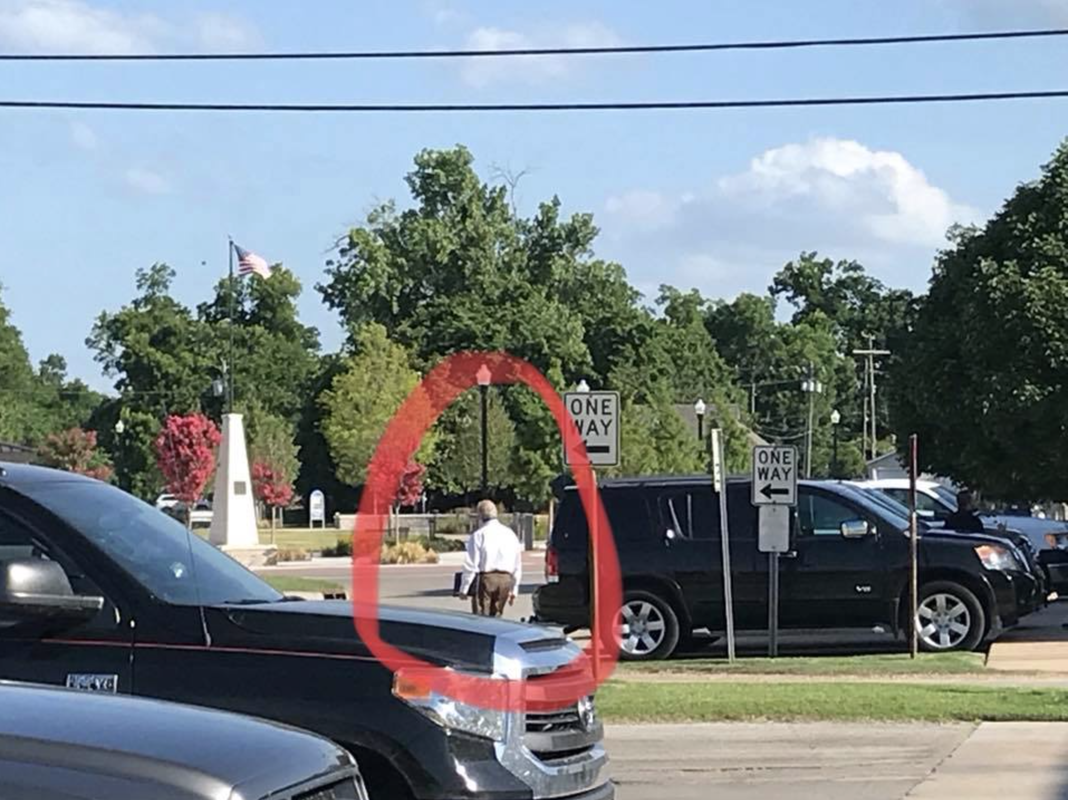


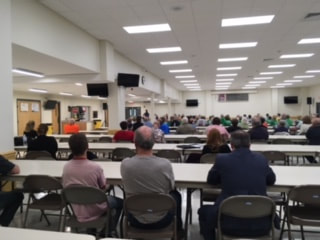
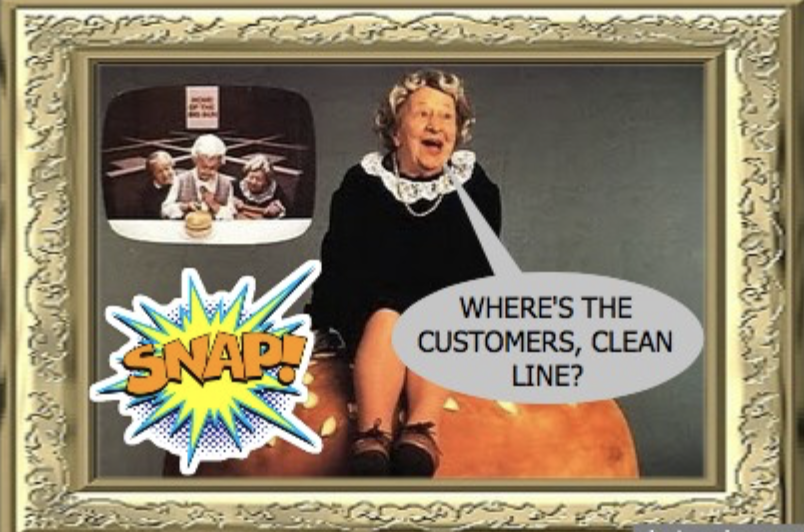
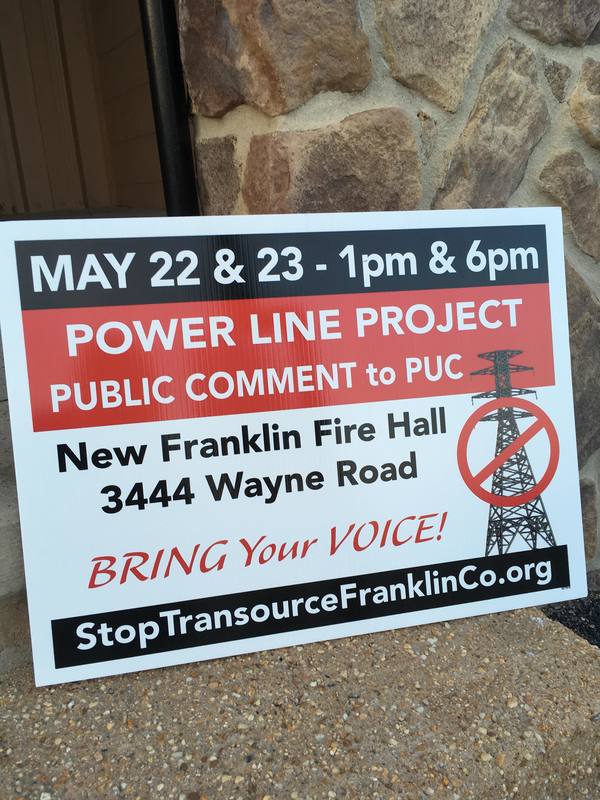
 RSS Feed
RSS Feed